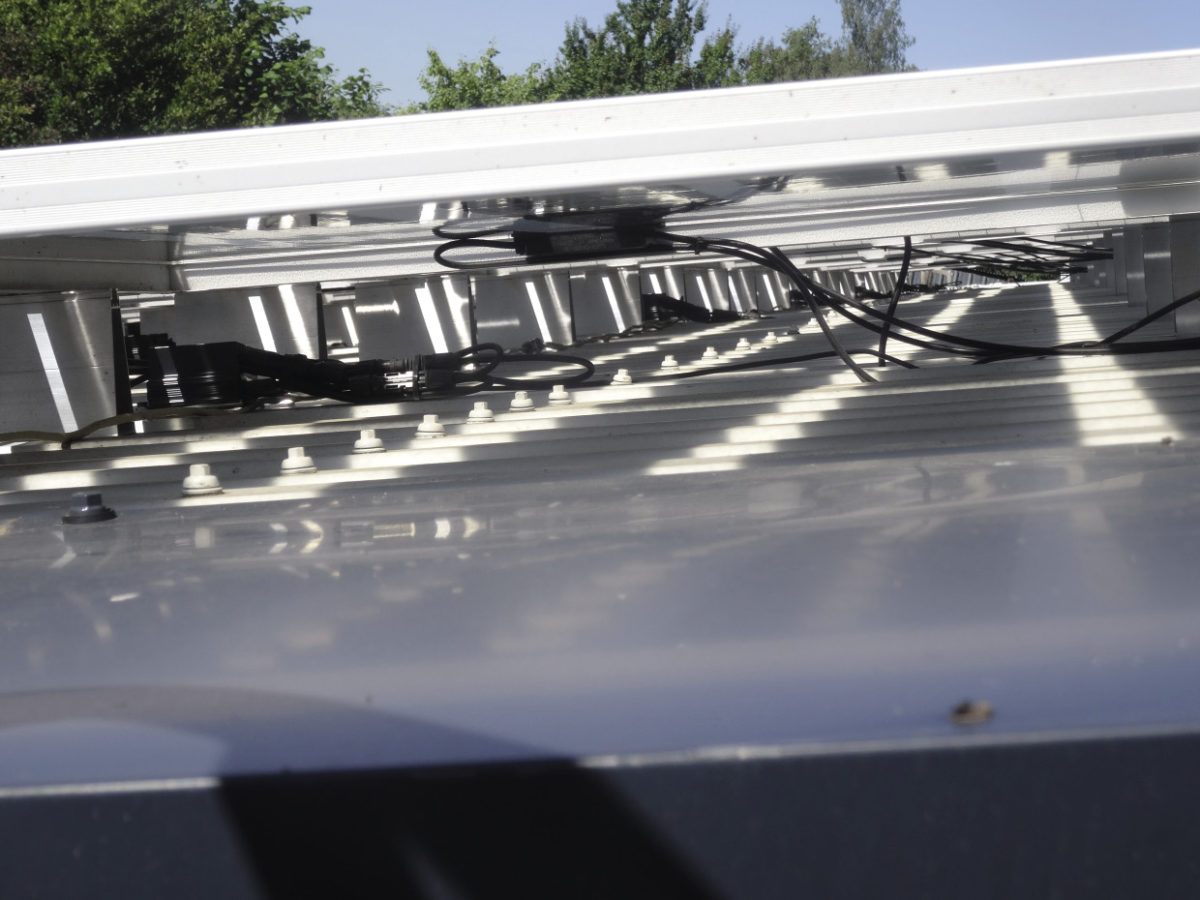Scientists from the Indian Institute of Technology Kharagpur have created a novel energy estimation model for bifacial PV systems which they claim can accurately predict irradiances for both sides of a prototype bifacial PV module.
The model is based on solar geometry, which measures the angle of the sun and the earth to calculate how much solar energy reaches a particular object.
“Our results suggest that the proposed model can be relied upon as a tool for accurately predicting the irradiance of bifacial PV modules,” the scientists said. “This validation is a significant step towards developing more precise energy estimation models for bifacial PV systems, which can contribute to optimizing their design and maximizing their energy output.”
While models calculating the energy reaching the front side of the PV are well established in scientific literature, this research contributes by calculating the energy reaching the rear side. It is based on two components – the reflected irradiance from the ground, and the rear side irradiance of the PV system.
“The amount of reflected irradiance depends on several factors, including the ground’s albedo, the module’s tilt, height, and solar zenith angle,” the paper explained. “Rear-side irradiance includes both the reflected and transmitted light that passes through the front side of the module.”
To validate this model, the academics compared their predictions with measurements from two pyranometers placed on each side of a PV system. That PV system is deployed with a fixed tilt angle of 22 degrees and is located on a building of the Indian Institute of Technology Kharagpur itself. The system consists of 18 bifacial PV modules with a total capacity of 6.8 kW.
Popular content
“There was a high level of agreement between measured values and the model predictions, as indicated by the correlation coefficients of 1.04 and 1.40 for the front and rear sides, respectively,” they emphasized. “The correlation coefficient is a measure of similarity between the modeled and measured data, with higher values indicating a better match.”
In addition, the scientists have compared their model against actual results from an array elevated to one meter, with an albedo of 30%, under different tilt angles ranging from 0 to 90 degrees. “The proposed model exhibits a favorable agreement with the measured output, with an error rate of around 2–5%,” they said.
Furthermore, the researchers have also looked into the energy output at various elevations in optimum tilt angle. “Raising the array to a height of at least 1 m can significantly increase energy output, particularly at higher tilt angles. Moreover, using an elevated structure can further enhance the yield of a bifacial PV system by capturing more reflected irradiance from the ground,” they concluded.
The model is presented in the paper “Performance assessment of a bifacial PV system using a new energy estimation model,” which was published in Solar Energy.
This content is protected by copyright and may not be reused. If you want to cooperate with us and would like to reuse some of our content, please contact: editors@pv-magazine.com.


By submitting this form you agree to pv magazine using your data for the purposes of publishing your comment.
Your personal data will only be disclosed or otherwise transmitted to third parties for the purposes of spam filtering or if this is necessary for technical maintenance of the website. Any other transfer to third parties will not take place unless this is justified on the basis of applicable data protection regulations or if pv magazine is legally obliged to do so.
You may revoke this consent at any time with effect for the future, in which case your personal data will be deleted immediately. Otherwise, your data will be deleted if pv magazine has processed your request or the purpose of data storage is fulfilled.
Further information on data privacy can be found in our Data Protection Policy.